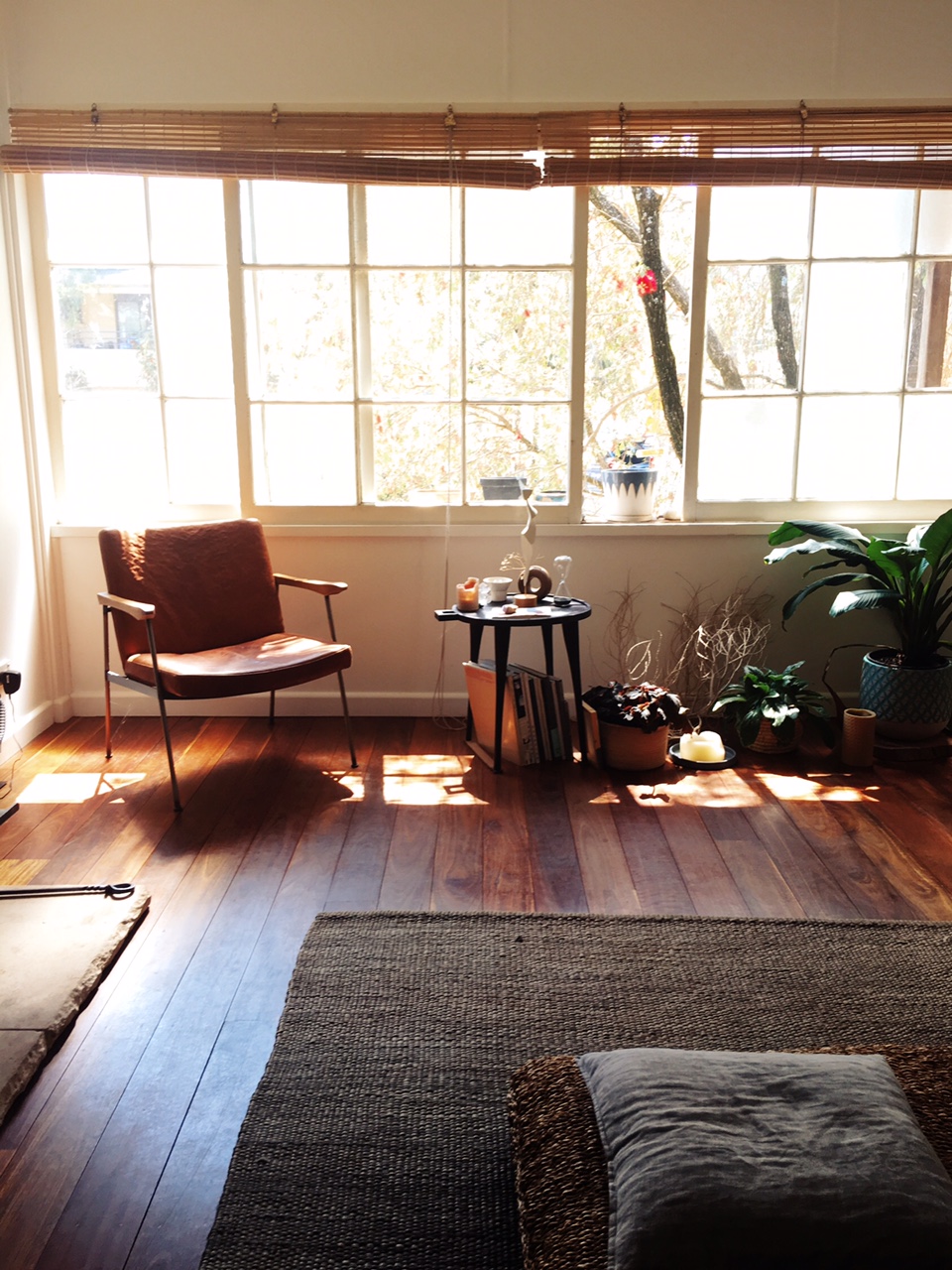“The shortcut is surrender.” — Pandit Baskaran
There will always be moments in life when we need to let go — of a situation, an idea, a person, an object, a job, the list goes on. The act of letting go is easy to understand logically, but it can be very challenging to put into practice.
Holding on at times may seem like the easier option — as it might feel familiar, comfortable or safe — but often the path of holding on is actually at the root of our suffering.
Author, Buddhist practitioner and meditation teacher Jack Kornfield wisely suggests, “To let go does not mean to get rid of. To let go means to let be. When we let be with compassion, things come and go on their own.” I see these words as an invitation to surrender. There is no suggestion to do anything. Instead, the offering is to simply let things be, just as they are. These words are the bridge between understanding an intellectual need to let go, and actually embodying the teaching.
This morning, I opened up my copy of Tess Guinery’s The Apricot Memoirs and read these words: “Comfort with the unknown: the silver lining of faith.” Perhaps finding ease in the spaces where we are plagued with mystery is an act of surrender. Because when we feel more comfortable with not knowing, we are much more willing to surrender, let go and trust the magical, mysteries of life.
So, what does the practice of surrender look like in the moment? It may mean choosing not to react to something that rattles you, deciding to take a moment to pause before you speak or simply placing your hands on your heart and accepting that you don’t have any control over a situation right now. These moments of non-doing — otherwise known as being — are forms of letting be.
Our mindful publications, such as Being Mindfulness Workbook, Being Gratitude & Hope Journal and Being Mindful Journal, offer tangible tools that encourage taking the shortcut of surrender in everyday life. The more ease we find in the unknown, the more trusting we become in life.




